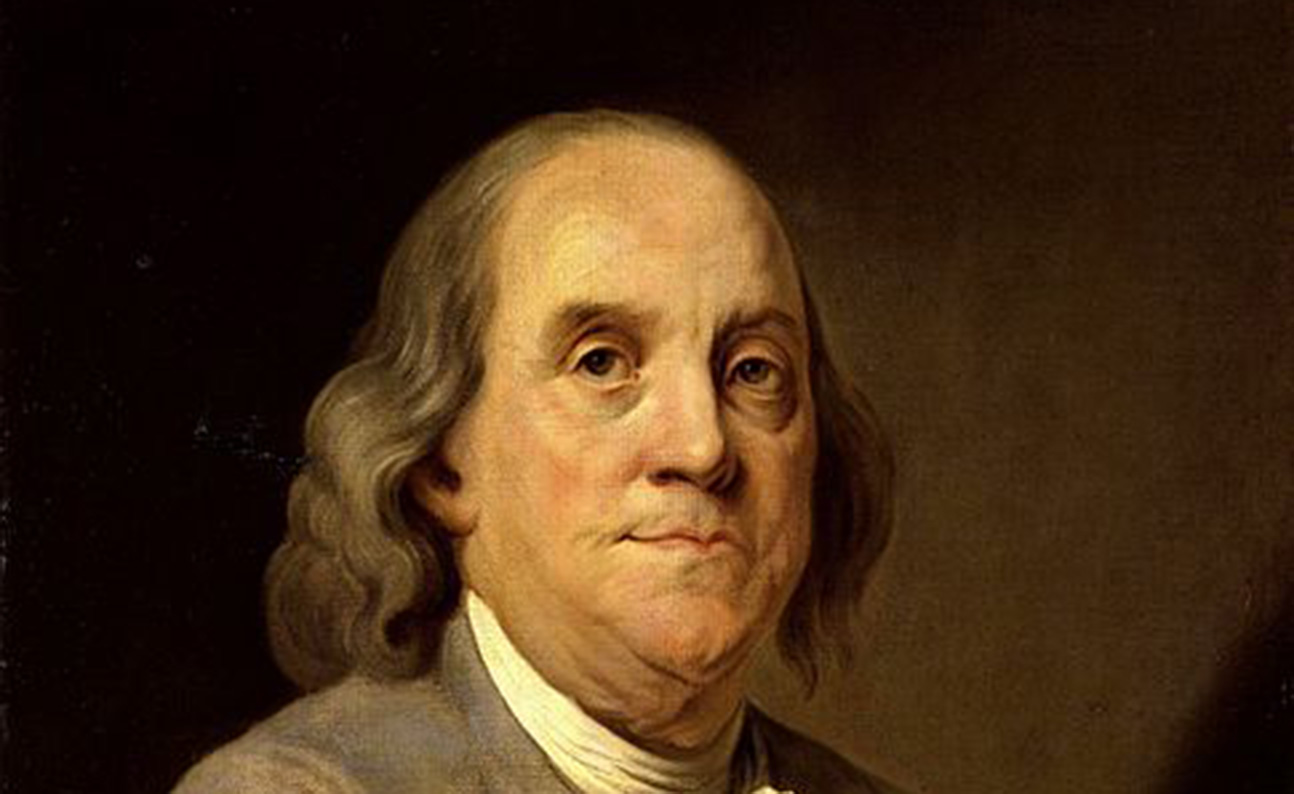
Portrait of Benjamin Franklin, by Joseph Duplessis, c. 1785. National Portrait Gallery.
• Understanding Benjamin Franklin’s troubled marriage: “Franklin was a great man—scientist, publisher, political theorist, diplomat. But we can’t understand him fully without considering why he treated his wife so shabbily at the end of her life. The answer isn’t simple. But a close reading of Franklin’s letters and published works, and a reexamination of events surrounding his marriage, suggests a new and eerily resonant explanation. It involves their only son, a lethal disease and a disagreement over inoculation.” (Smithsonian)
• The vanished (and vanishing) neighborhoods of Manhattan. (Curbed)
• A visit to Houston’s Mark Rothko chapel: “The chapel is lit only by a skylight, designed to match the one in Rothko’s New York studio, where he built a partial mock-up of the chapel interior to work from. No matter where you stand, the room’s irregular geometry seems to thrust you into its center. Comforts are few. There are usually two tidy rows of backless benches in the center of the room, a handful of meditation cushions on the brick floor. It is quiet but rarely silent. It is not an easy place. Nothing tells you how to see.” (New York Times Magazine)
• A brief history of Wisconsin’s war against margarine. (JSTOR Daily)
• The plight of World War I refugees: “It is estimated that between 200,000 and 260,000 Belgian refugees spent some time in Britain and Ireland during—or for the duration of—the First World War. The British and Irish public were generally quite eager to help these refugees, especially as newspapers produced increasingly horrific stories of German atrocities against the women and children of neutral Belgium.” (Nursing Clio)
• The divorce that scandalized 1850s New York. (The Awl)